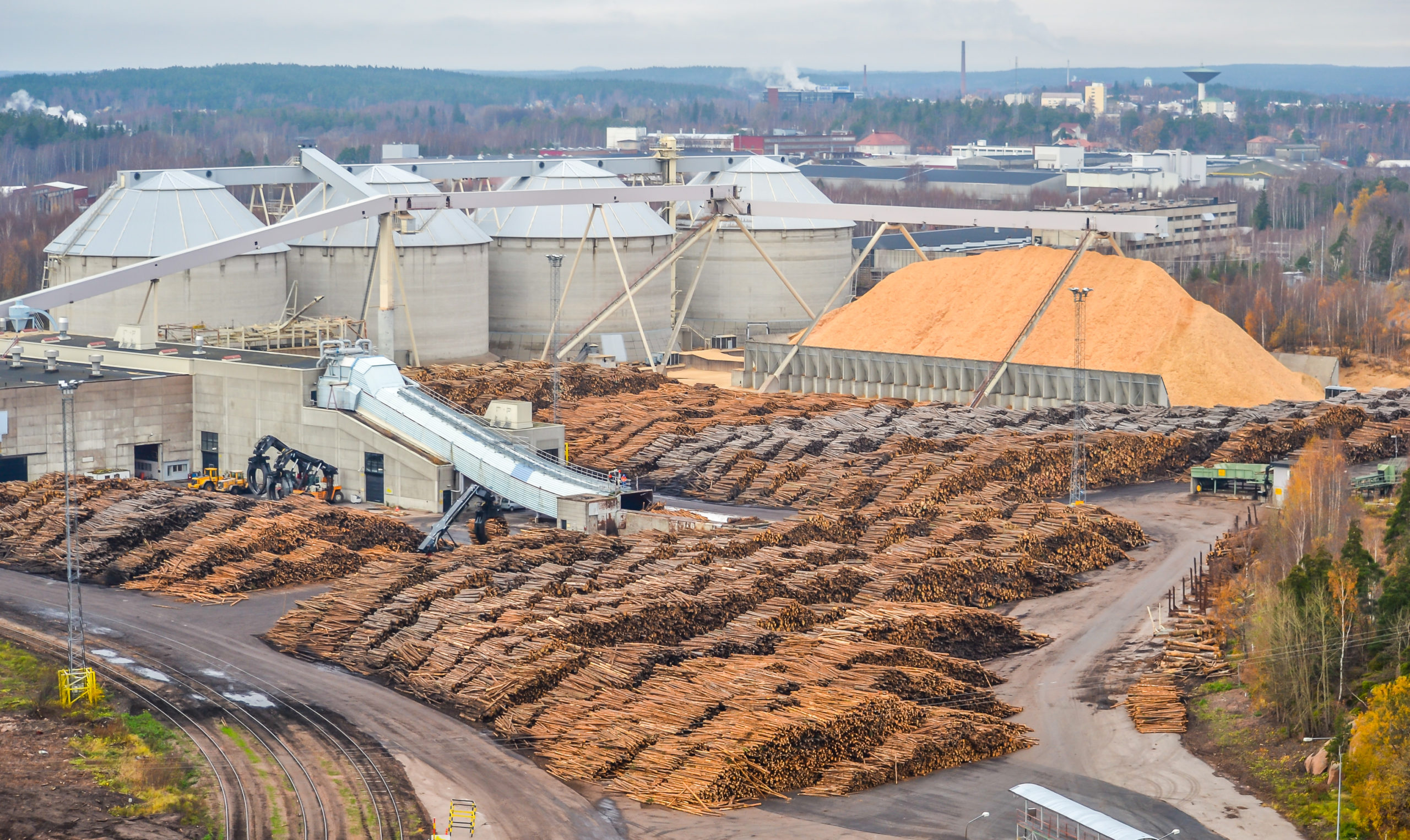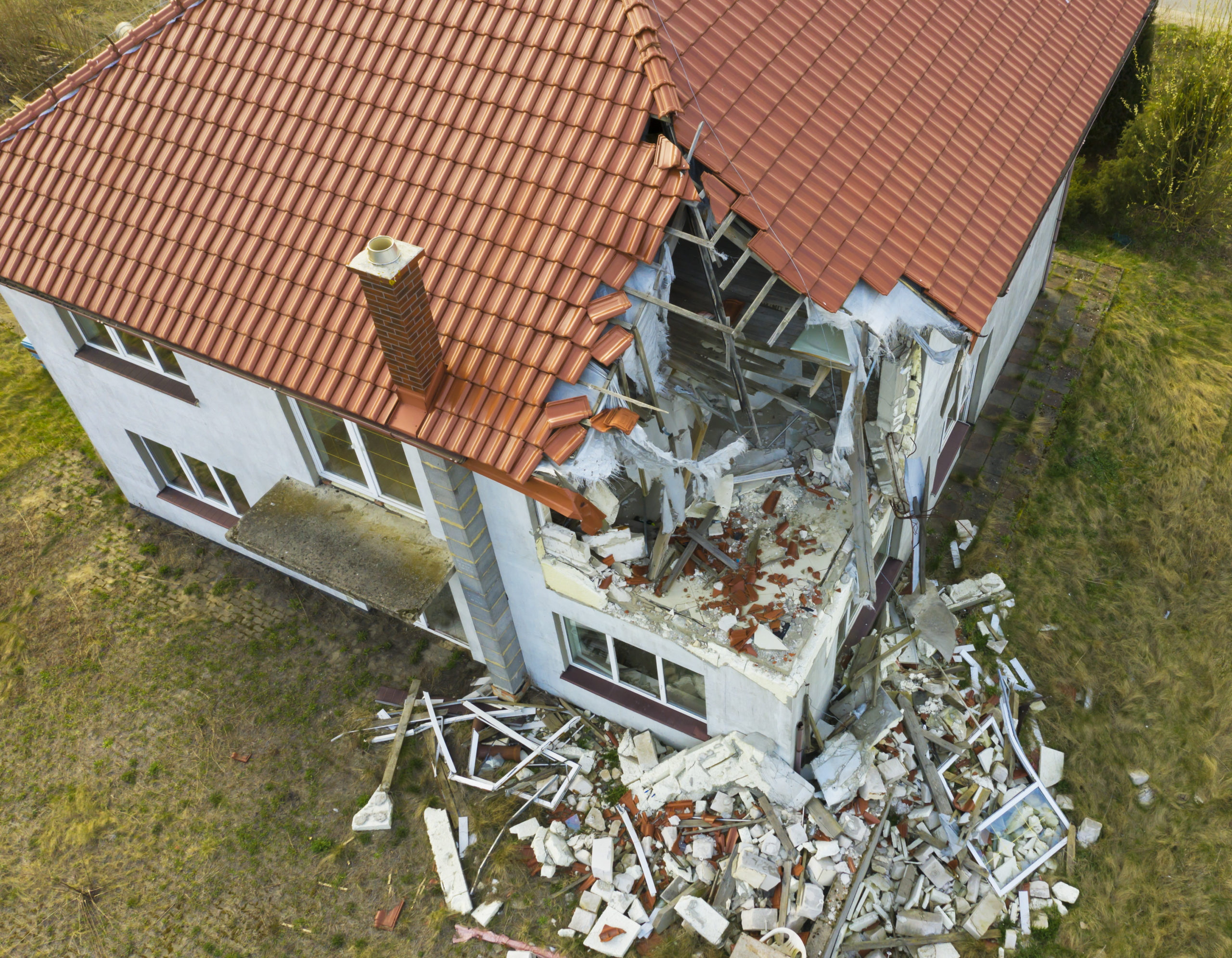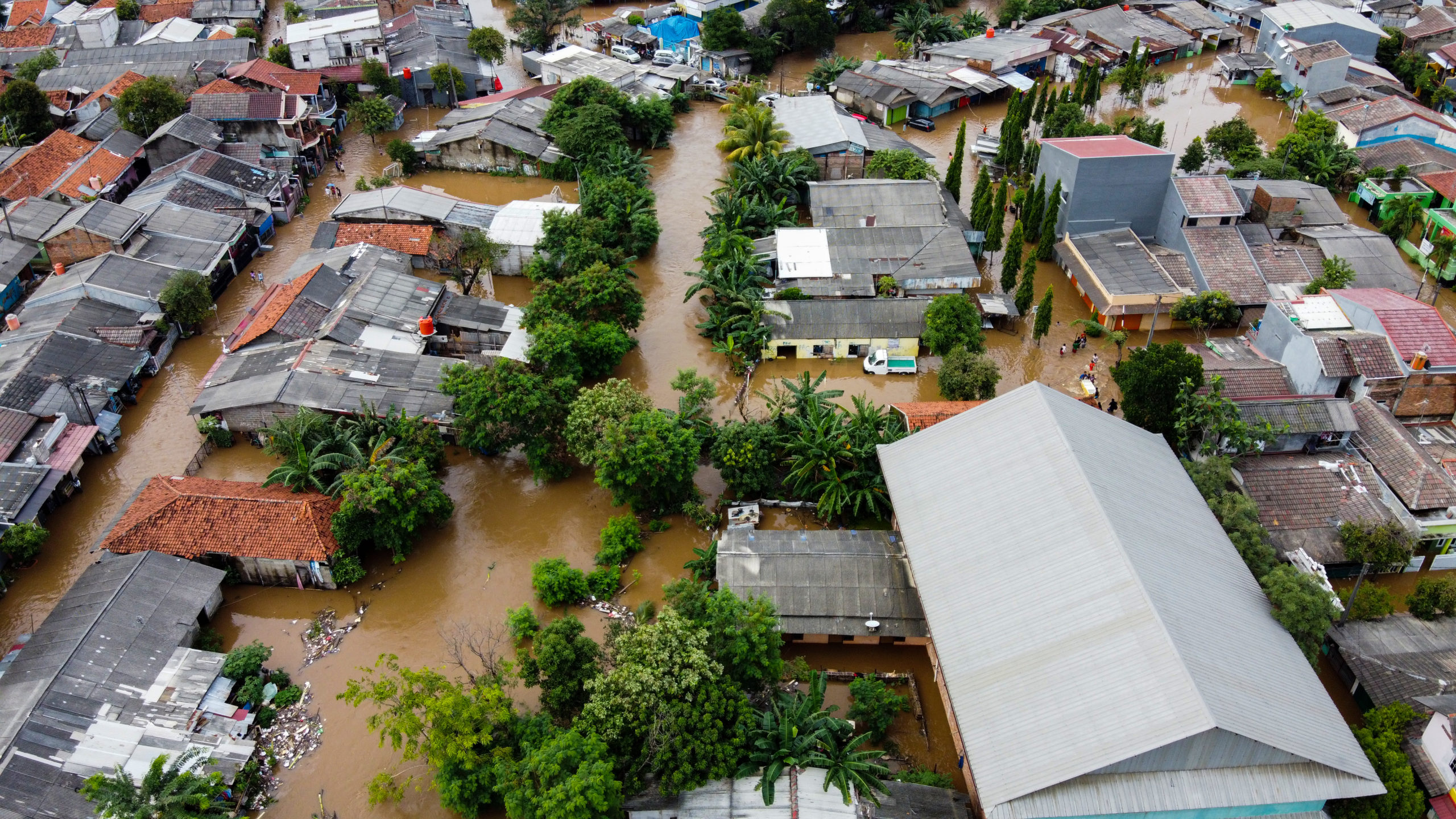One thing that’s a continuous conversation for Kespry is the future of drone technology. We know it’s important to focus on what drone platforms currently do, making sure they are servicing the needs of customers. We also know it’s important to understand how these tools are evolving and how our customers and the industry can use them to positively impact their business.
Companies have been adopting drone technology at a significant rate since 2019, with a reported 64% of mines having invested in drone technology at this point. Since the beginning, companies have looked to drone technology to provide smarter, safer, and deeper insights into their operations. We’ve also seen them be quite inventive in other uses for the tools. One of the newer uses has centered around the realization that maintenance and reliability teams can also harness and analyze aerial data.
(Want to learn 3 ways drones make aggregates and mining companies more profitable? Check out this Kespry guide.)
Asset management on sites isn’t anything new, but the need for a smarter and more accurate way to determine the condition of in-service equipment within the realm of the mining, pulp and paper, and processing industries has seen a significant spike in interest. In fact, GlobalData recently did a mine-site survey revealing that over three quarters of mines had already made at least minor investments into the newer world of predictive maintenance, and 48% of miners surveyed were expected to either invest for the first time or further their investment in this type of technology in the next two years.
One example of this could exist in the Pulp & Paper Industry. P&P sites experienced unprecedented demand in 2020. The dramatic uptick impacted usage and operational readiness of many moving components in working mills and processing facilities. By using current drone technology, daily or regularly scheduled site inspections are a reality that allows teams to manage their inventory management, site planning and biomass monitoring internally. If studies are correct, then one of the next possible steps in the usage of such technology could land in ML and predictive maintenance, which could change the processes around monitoring the performance of boilers, kilns, and tanks. We also see this being part of the mining/aggregates industries with on-site equipment, and process industries with the evolution of site inspections.
(You can deep dive into drone-based surveys for process facilities here, or check out how Pulp & Paper companies use drone data to increase productivity in this solution overview.)
It will be interesting to see how the commercial drone industry continues to grow in 2021, as we see the readiness of drone usage in companies continue to dramatically increase. We’d love to hear your thoughts as well! Is your company already looking into predictive maintenance or finding different ways to use aerial drone data?



